Exclusive: More than a Nou stadium for Barça
FC Barcelona, one of the most iconic clubs in world football, is upgrading its Camp Nou home as part of a huge Espai Barça redevelopment project encompassing the main stadium, the Nou Miniestadi and Nou Palau Blaugrana. Ahead of TheStadiumBusiness Design & Development Summit (31 Oct-2 Nov in Liverpool and Manchester), we caught up with Espai Barça Project Director William T. Mannarelli about the development.

Could you tell us about the concept behind Espai Barça?
“The Espai Barça project has been conceived to update FC Barcelona’s (FCB’s) sports infrastructure for the next 50 years to ensure that the excellent play is reflected in the future facilities. The major moves include realising the Nou Miniestadi at FCB’s training facility in Sant Joan Despí (SJD) 8km away and replacing the current Miniestadi with the Nou Palau Blaugrana. By separating the New Camp Nou and Nou Palau Blaugrana and submerging approximately 3,500 parking spaces underground, the fundamental idea is to have a campus devoted to sports that can be publicly accessed every day of the year. By the end of September 2016, we hope to have our Les Corts campus pre-certified by DGNB [for sustainable and green building work].”
“Currently non-match attendance equals match day attendance… we anticipate non-match day attendance will surpass match day attendance”
What facilities will the development have for the public on non-match days as well as match days?
“We will maintain the Camp Nou Experience with museum access, a Nike Store and food and beverage offerings. Additionally, we will add exhibition space for FCB’s Foundation and create a sky deck at the back of the third tier with 360-degree views over Barcelona. Currently non-match attendance equals match day attendance. In the future, we anticipate non-match day attendance will surpass match day attendance.”

What is the current stage of the process and when is the expected completion date? Have all of the relevant permissions been granted?
“We are in the process of negotiating the MPGM (zoning plan) with Barcelona’s City Council. In late July we submitted our draft document to the council for review and we are hopeful we will be asked to submit an official document in early spring 2017 for their definitive review. Unfortunately, the lack of political clarity in Spain has complicated matters, yet we remain optimistic that our project can appeal to different political parties and will eventually garner the necessary support.”
“Nikken Sekkei and Pascual-Ausió Arquitectes won because they challenged the brief, offered simple solutions to complex problems and a design solution that resonated with the Catalan people”
What will the cost of the development be and how will the project be funded?
“The Espai Barça’s budget is €600m (£508m/$677m), with €200m coming from title or naming rights, €200m coming from bank debt and €200m coming from internal financing.”
Barcelona will continue to play at the Nou Camp during the stadium revamp. How challenging is this logistically and how can the space be safe for spectators during the redevelopment work?
“This is the biggest challenge for New Camp Nou as spectator safety cannot be compromised. Basically, when the season is over, we will work inside out. During the season, we will work outside in. Where we have potential conflicts, we have pre-agreed with FCB’s Socios [ownership and fan group] that the minimum capacity can be reduced to 85,000 or almost 15,000 under the current capacity. This reduction of capacity should give us the necessary flexibility to shut down areas that are maybe deemed inappropriate for spectator access while construction activities are proceeding.”
William joins our world-class speaker line up for the Summit (1-2 Nov). Meet the Barca project team, along with 60+ stadium projects, in Manchester. Register your place here.

“when the season is over, we will work inside out. During the season, we will work outside in”
There is a short window in between seasons when the roof is scheduled to be fitted. What is the contingency plan if the redevelopment process runs behind schedule and slips into the season itself, and how much pressure does this put on the construction timeline?
“The roof is perhaps the most difficult challenge for us to realise. Accordingly, in advance of the competition, we pre-selected a cable net roof and have reasonable confidence the cable net can be erected during the summer months provided we are able to schedule some of FCB’s final games of the season or some of the first few games of the following season away. As a contingency plan, we can always use Barcelona’s Olympic Stadium if required.”
“All the projects that are being developed by Espai Barça will be done in BIM including cost, schedule and facility management functions”
Given the apparent time pressures during the work, how have Building Information Models (BIMs) been used as part of the project so far, and how important will they be going forward?
“All the projects that are being developed by Espai Barça will be done in BIM including cost, schedule and facility management functions. Over two years ago, we started an as-built scan of Camp Nou complete with structural attributes and now Nikken Sekkei and Pascual-Ausió Arquitectes, and their engineers will be adding their intervention to this existing model. In parallel, Batlle i Roig have successfully developed an executive BIM model for our Nou Miniestadi that we will be testing with Catalan contractors later this fall.”

Nikken Sekkei was an interesting choice as architects, considering their lack of experience in sport-specific developments. Why are they the right designers for this project?
The winning team was Nikken Sekkei and Pascual-Ausió Arquitectes from Barcelona. To be compliant with the competition brief, each international architect had to identify a local architect to collaborate with the design efforts. Additionally, each competing architectural team had to demonstrate knowledge and construction experience with a stadium exceeding a capacity of 30,000.
“For the competition brief, each international architect had to identify a local architect to collaborate with”
In this case, Nikken Sekkei qualified with several projects including Tokyo Dome (55,000), Saitama Super Arena (36,500), Denka Big Swan Stadium (Nigata Stadium – 42,300) and Kashima Soccer Stadium (45,800). Nikken Sekkei and Pascual-Ausió Arquitectes won the competition because they questioned and challenged the architectural brief, offered unique and simple solutions to complex problems and ultimately delivered a design solution that resonated with the Catalan people. The idea of introducing a public space inspired by origami and removing a traditional façade in favour of large, Mediterranean terraces while respecting the budget became the signature moves that ultimately proved to be the best design solution for FCB.”
What are Nikken Sekkei’s plans for overseeing the project? Have they set up an office in Barcelona yet, for example, and how many people will be working for them on the project?
“Nikken Sekkei has opened an office in Barcelona and is in the process of relocating key members from the competition phase from Tokyo to Barcelona. Additionally, they are in the process of identifying and hiring local talent to support their efforts here in Barcelona.”
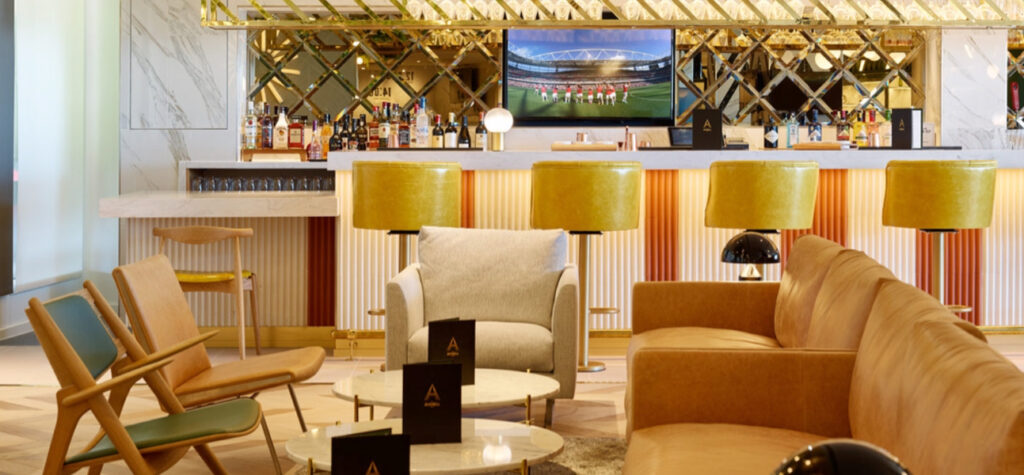
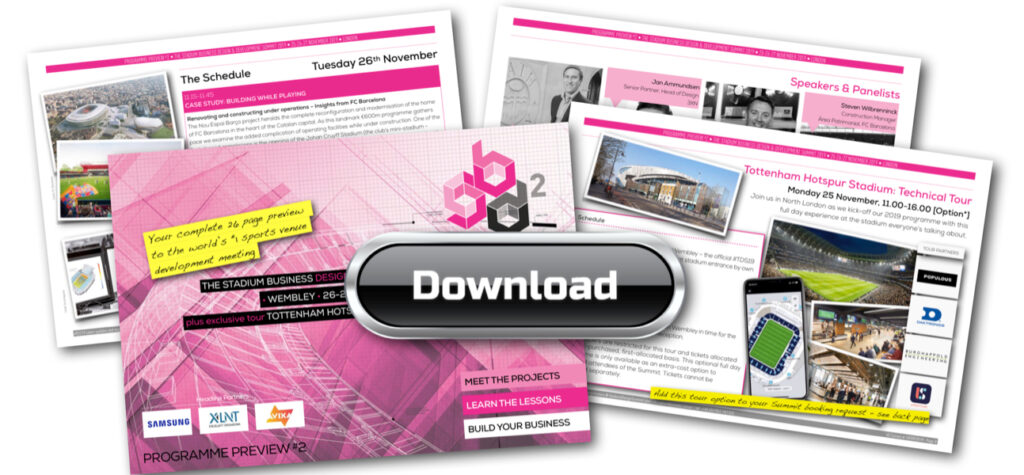


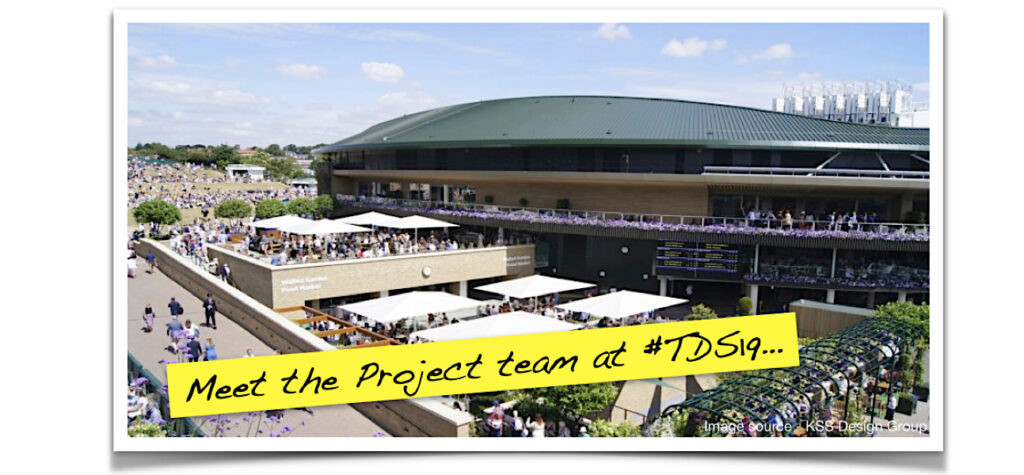
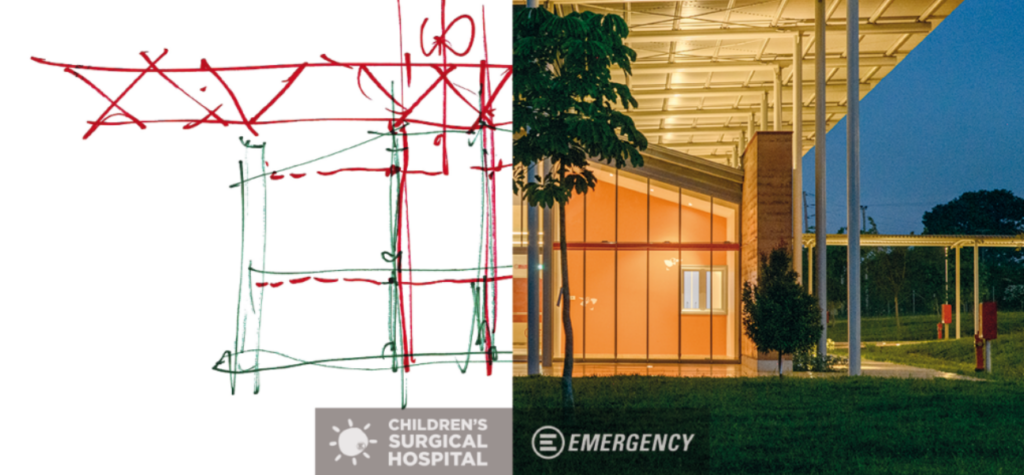
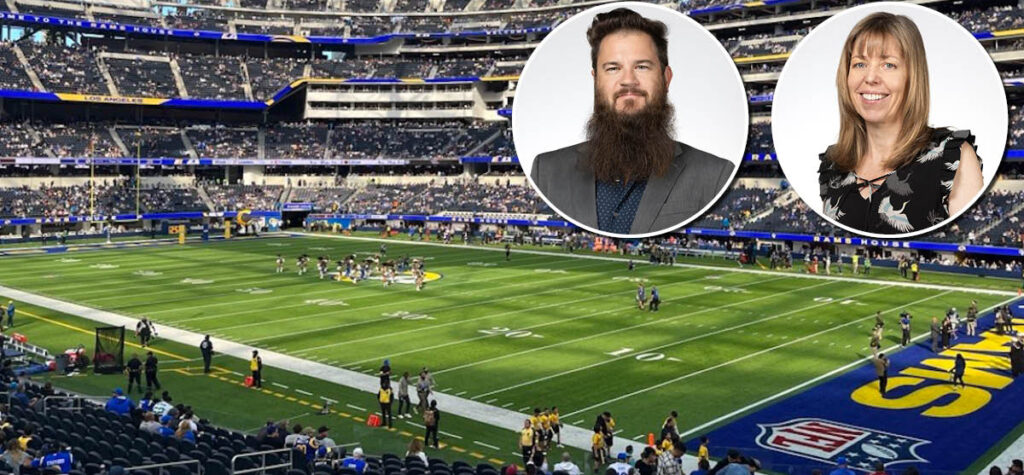
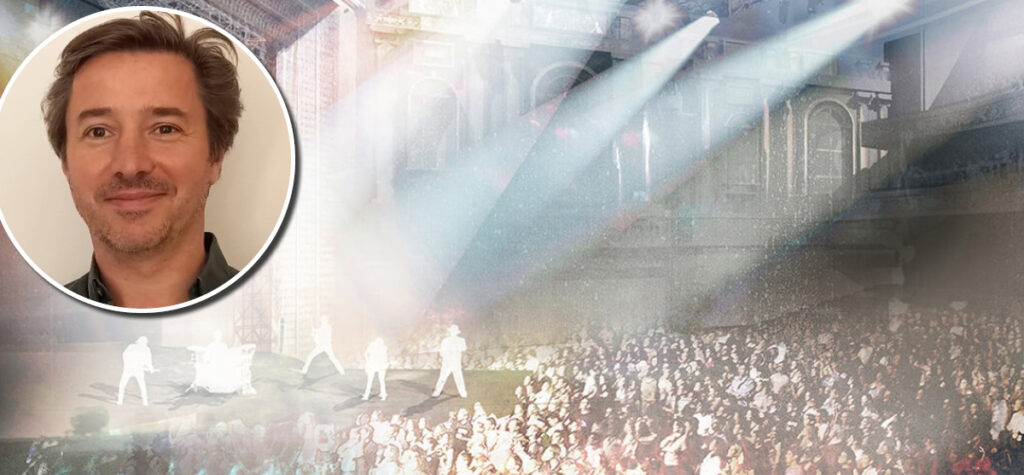
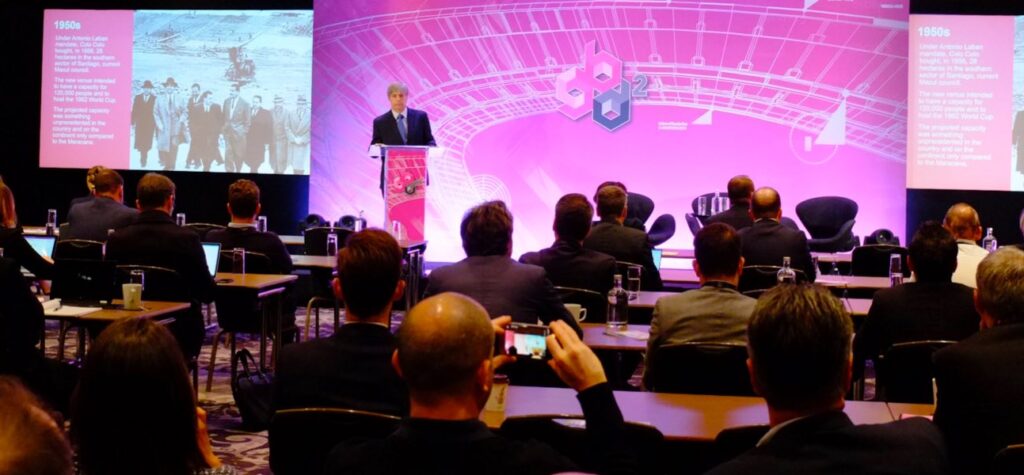
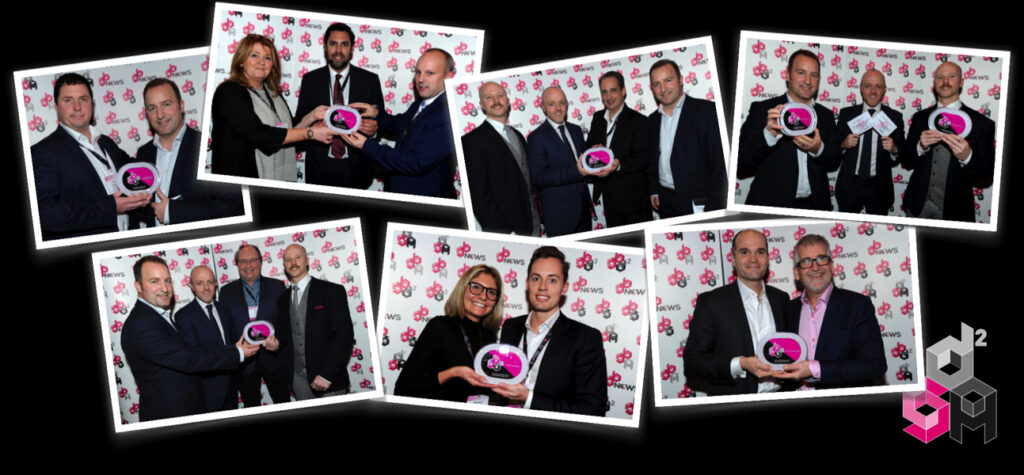
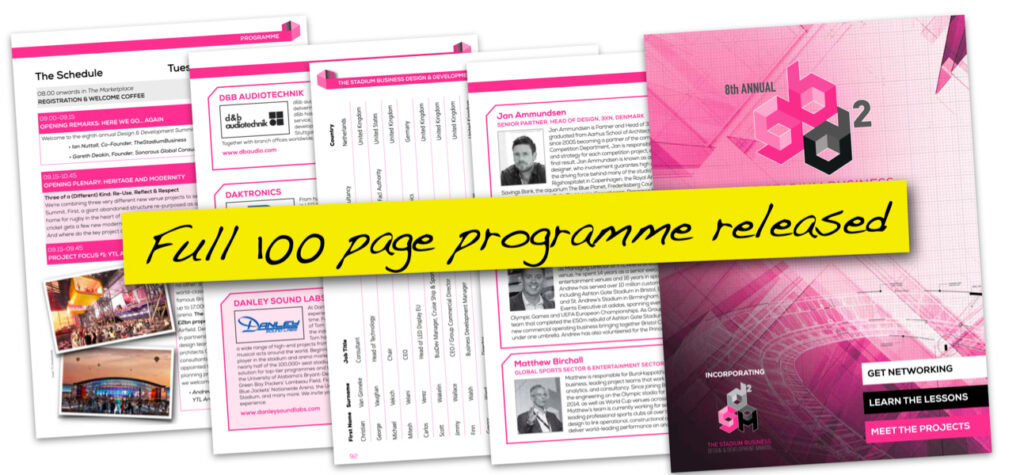
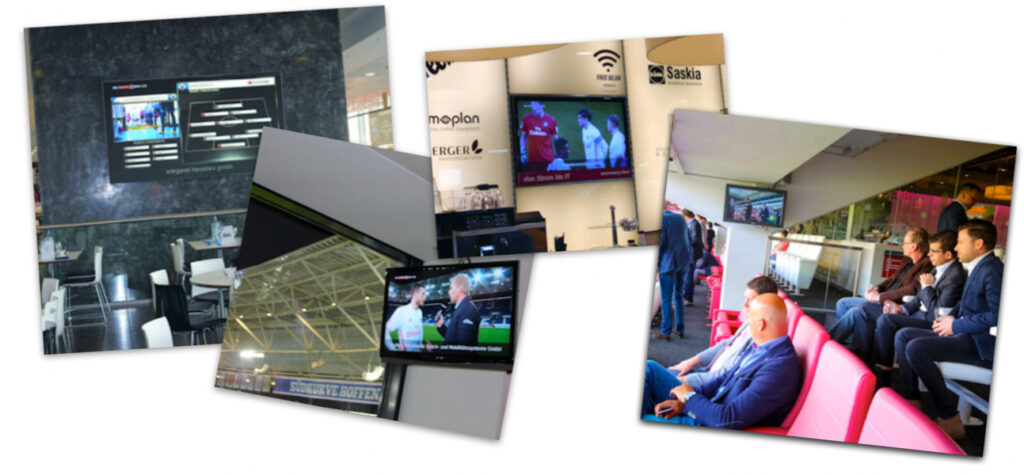

Share this